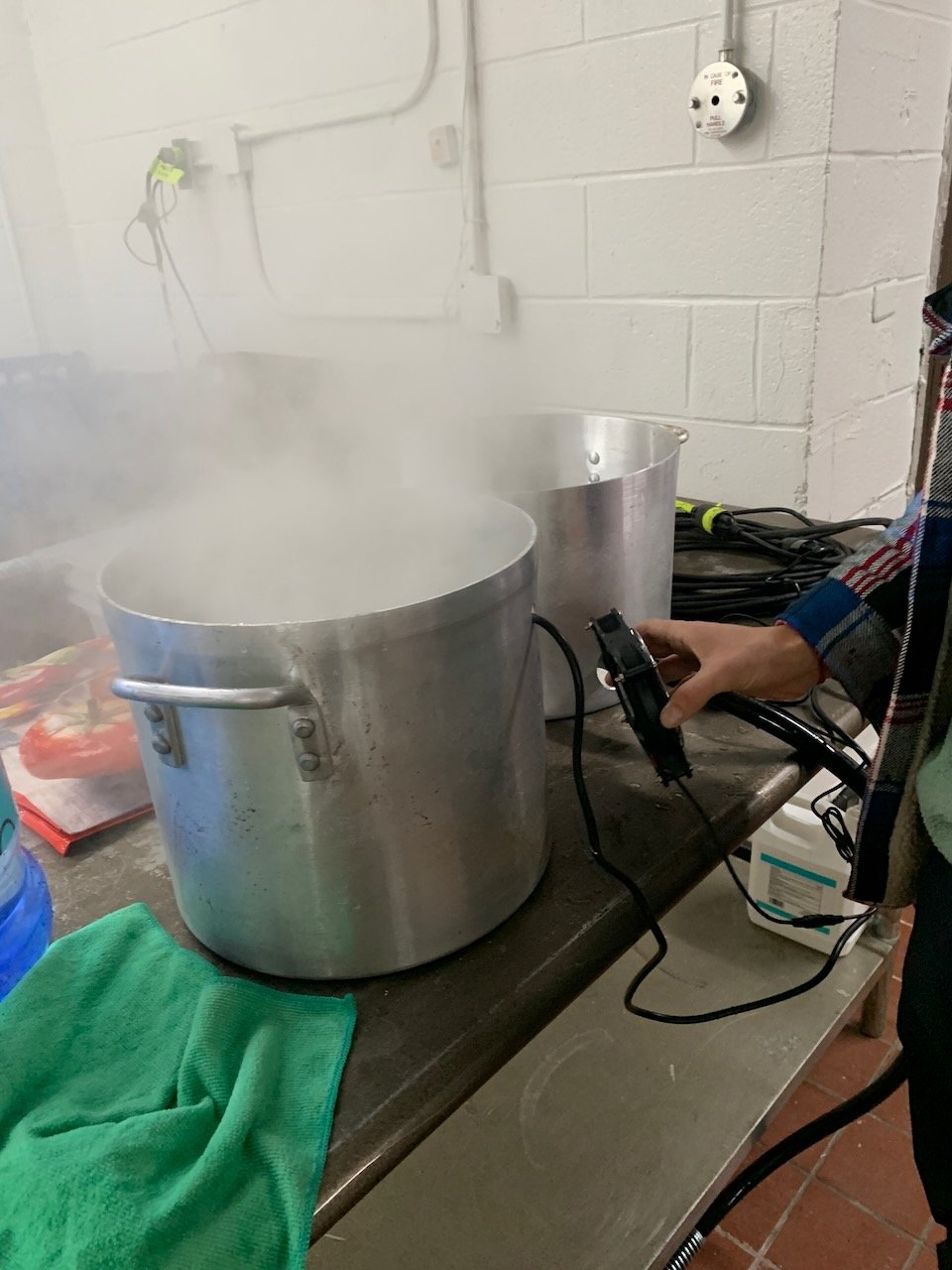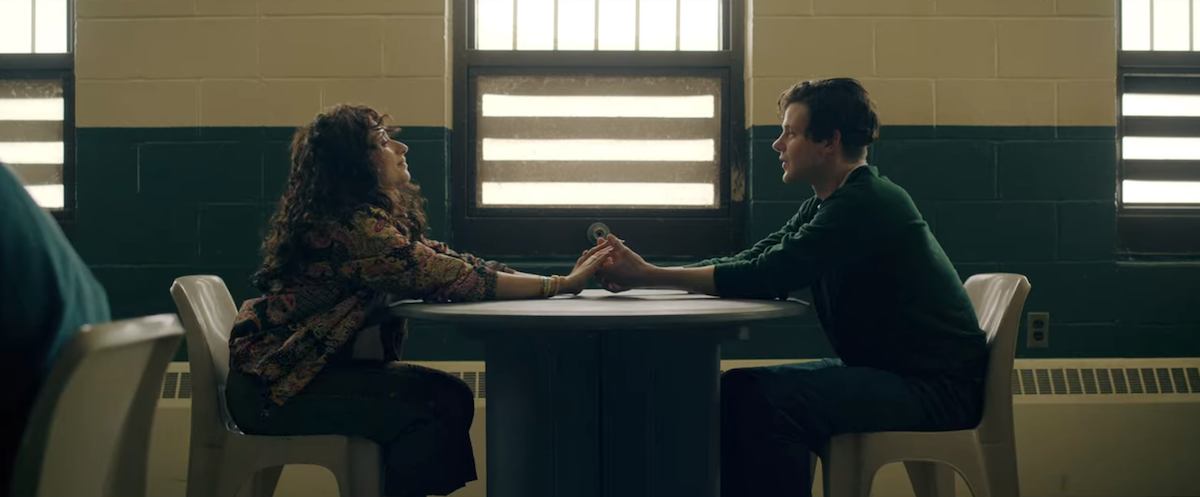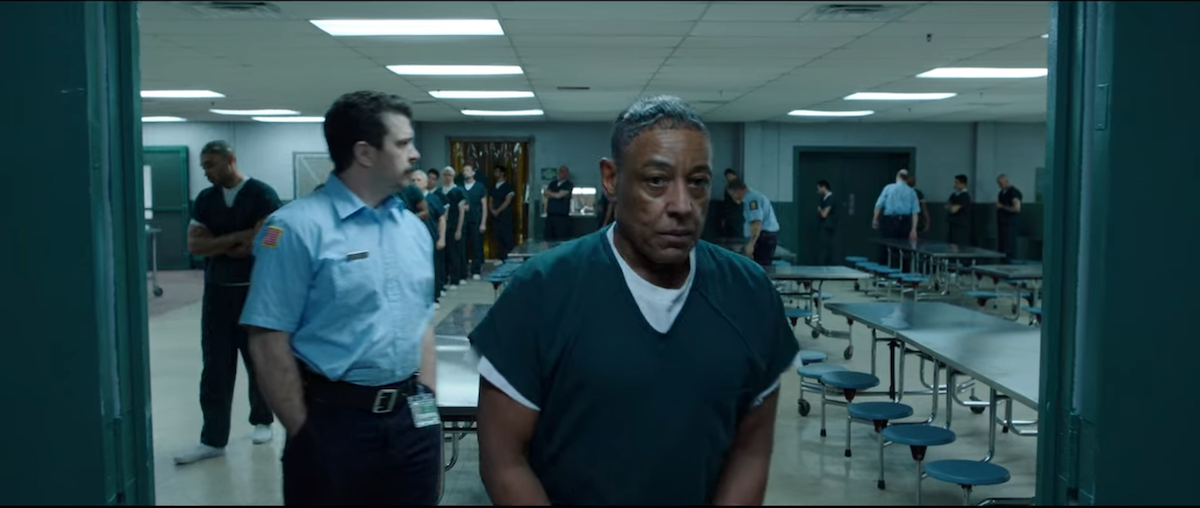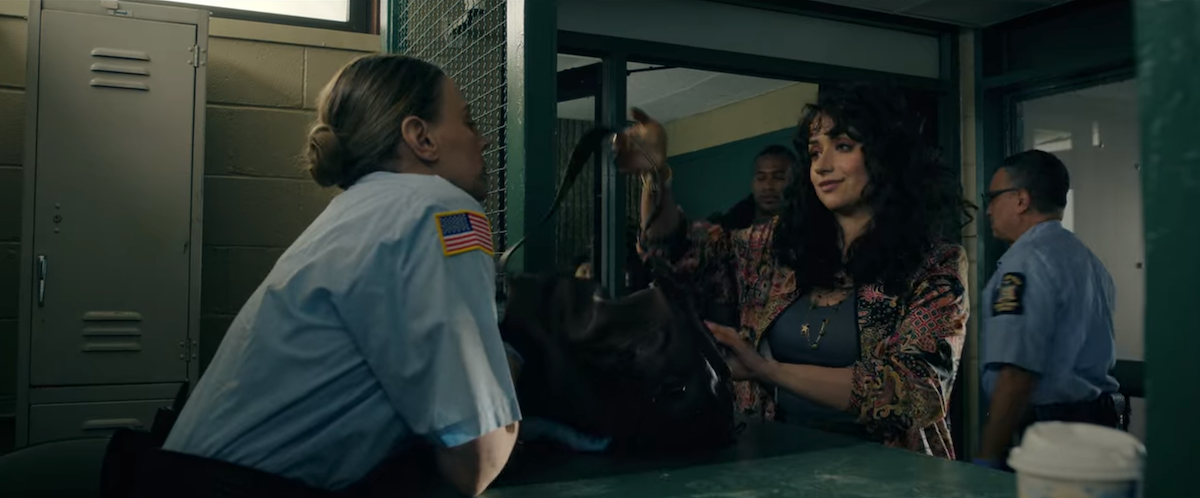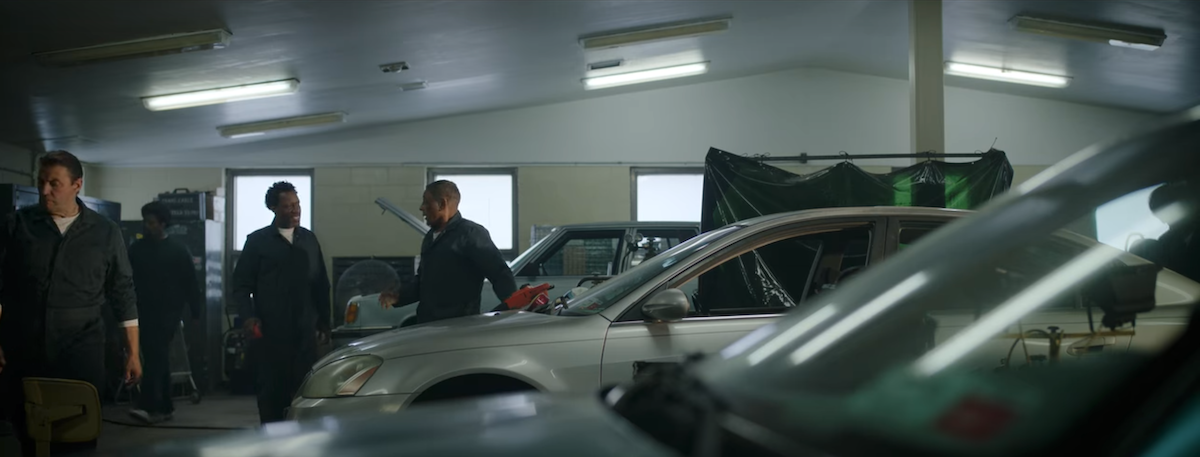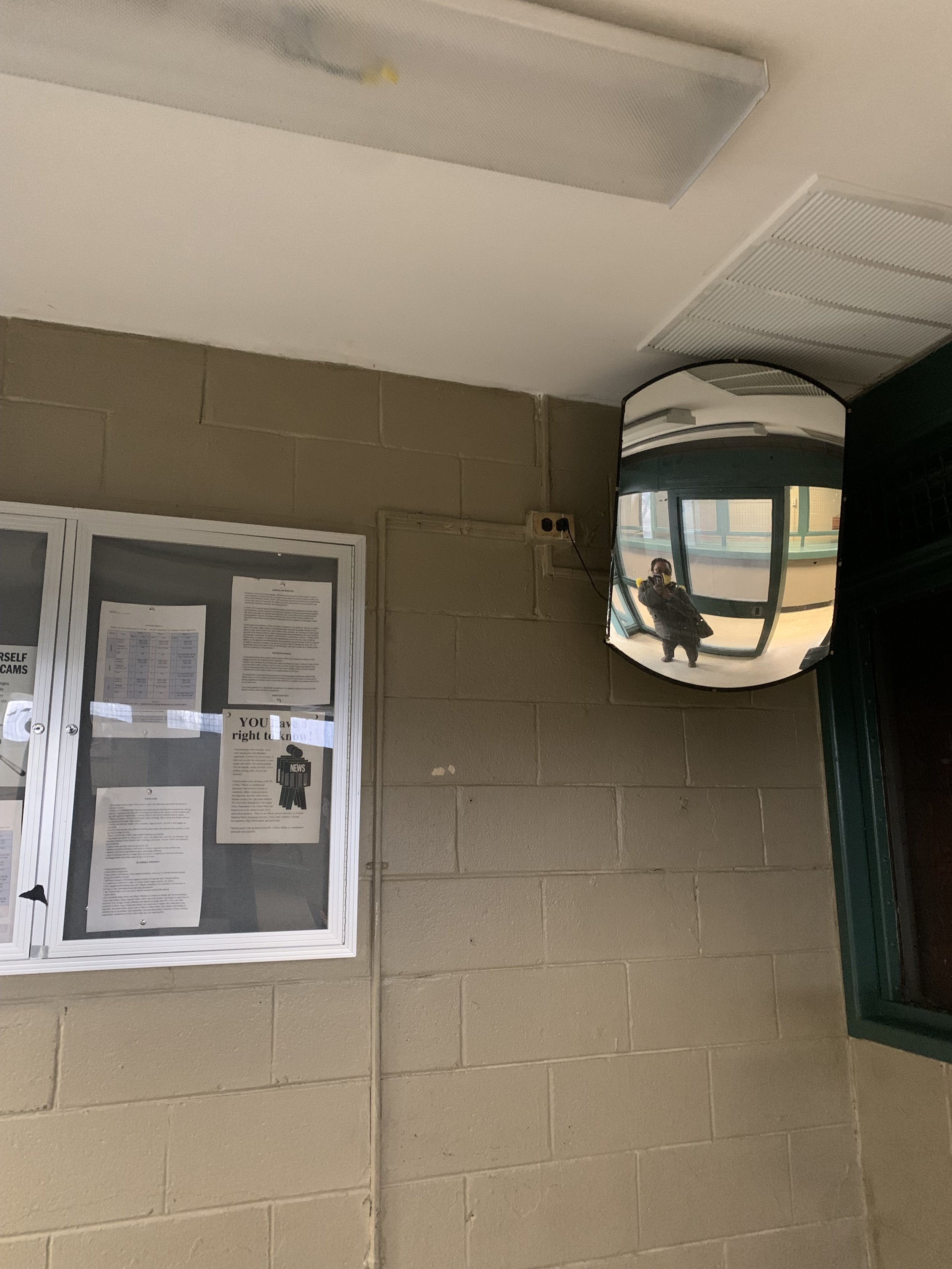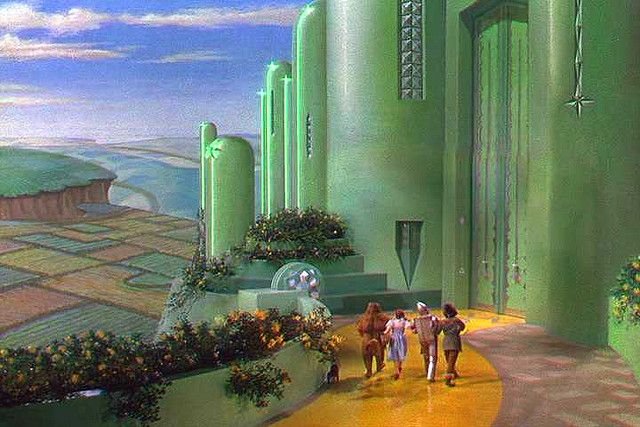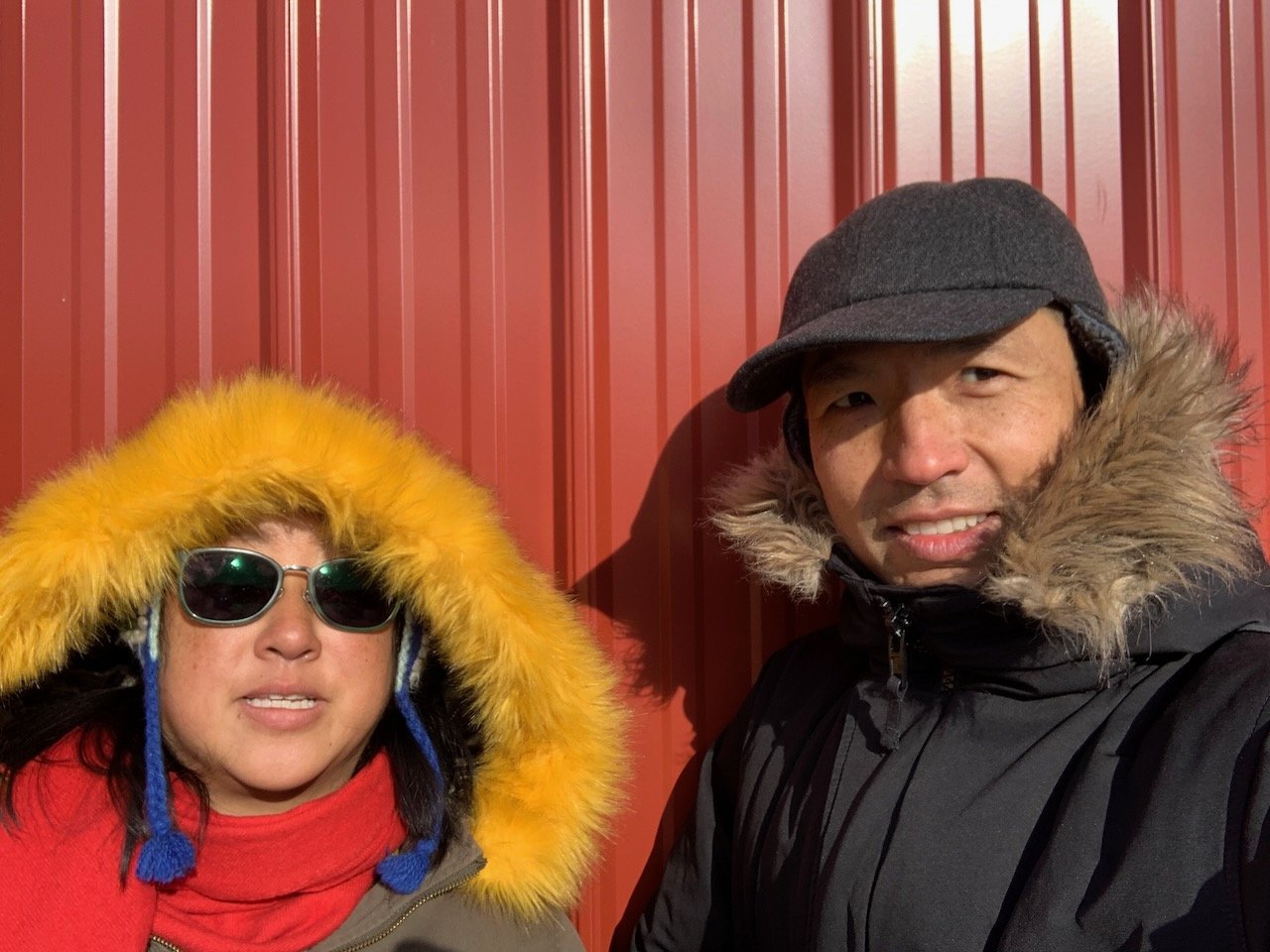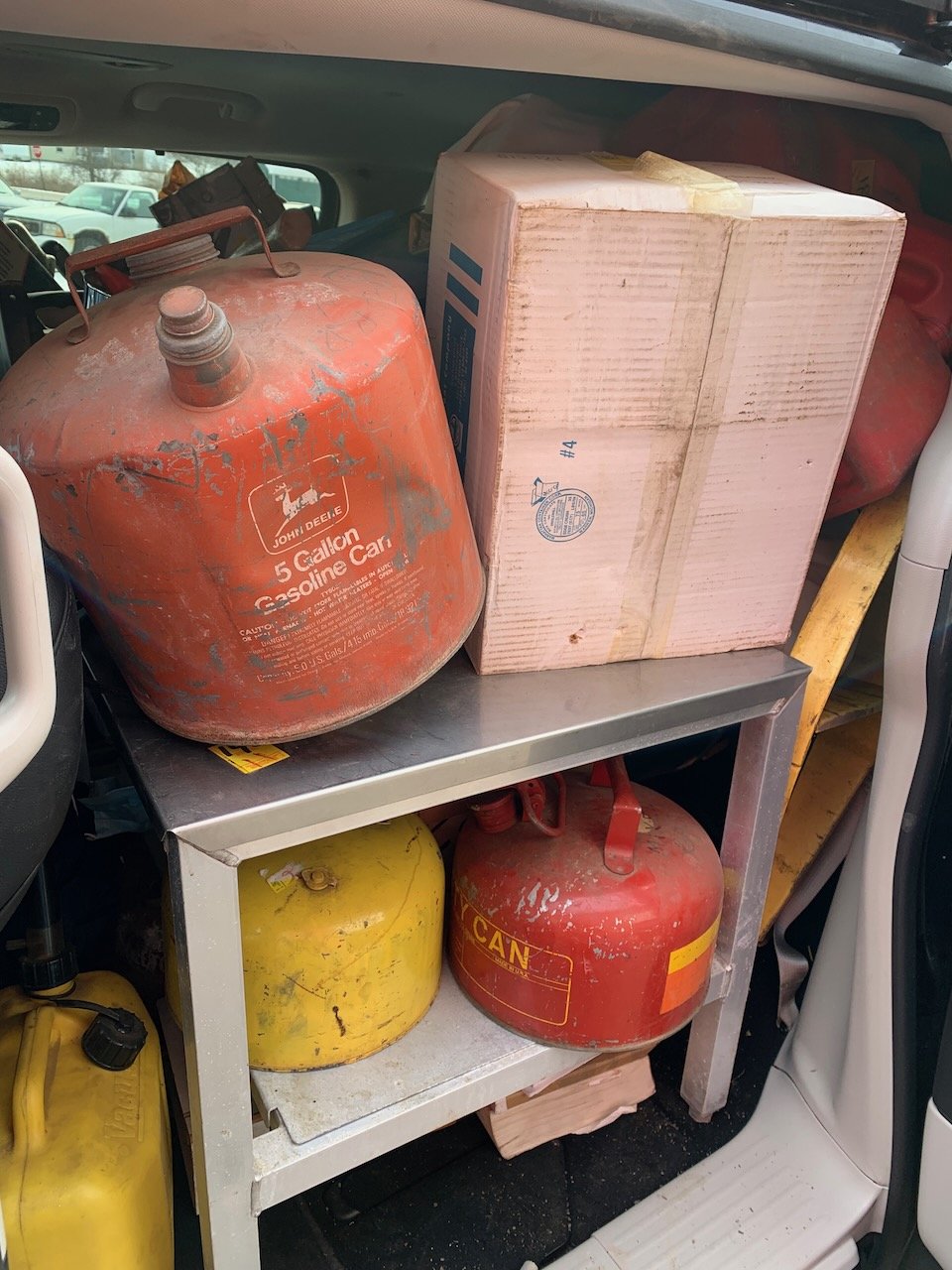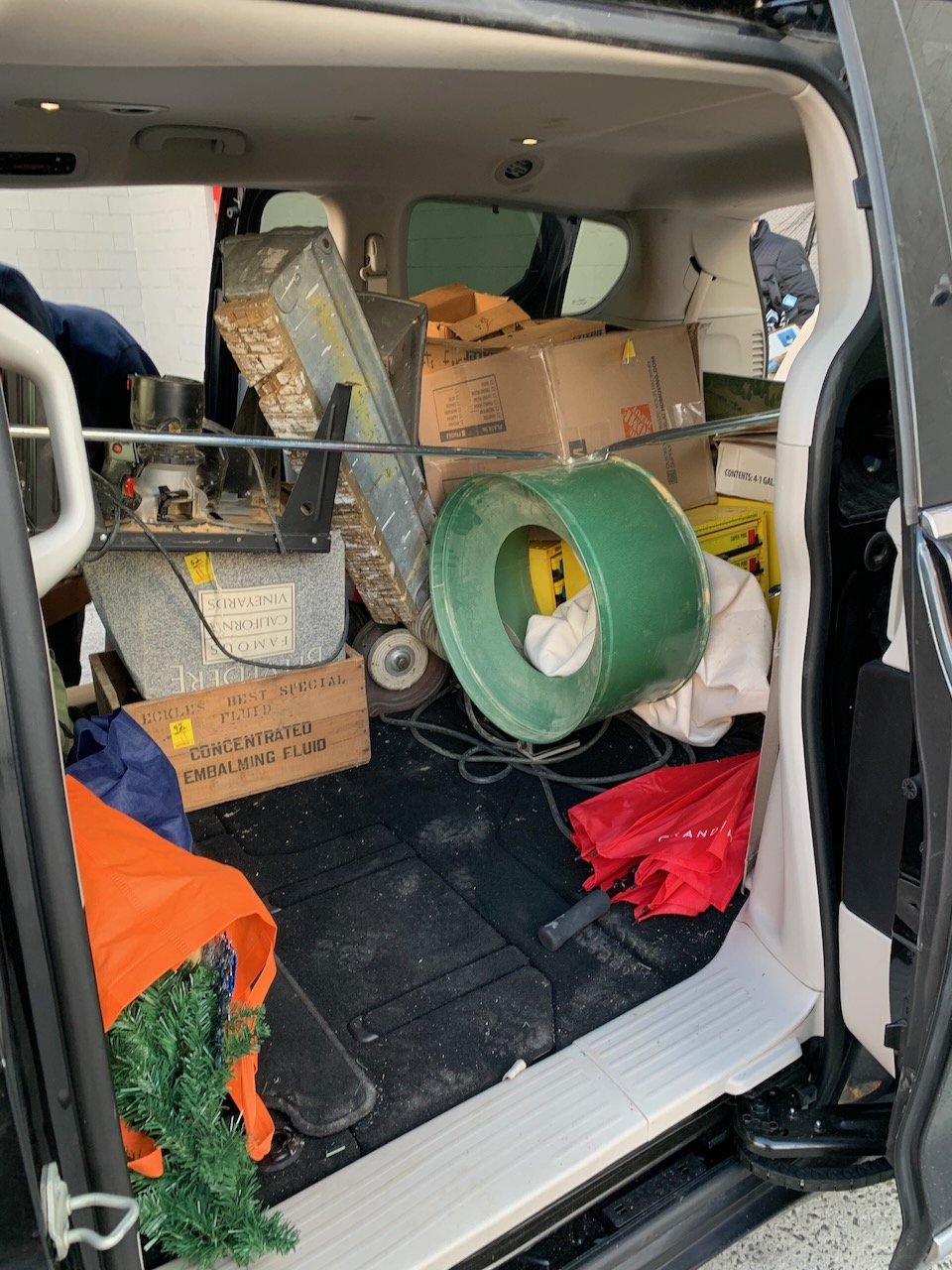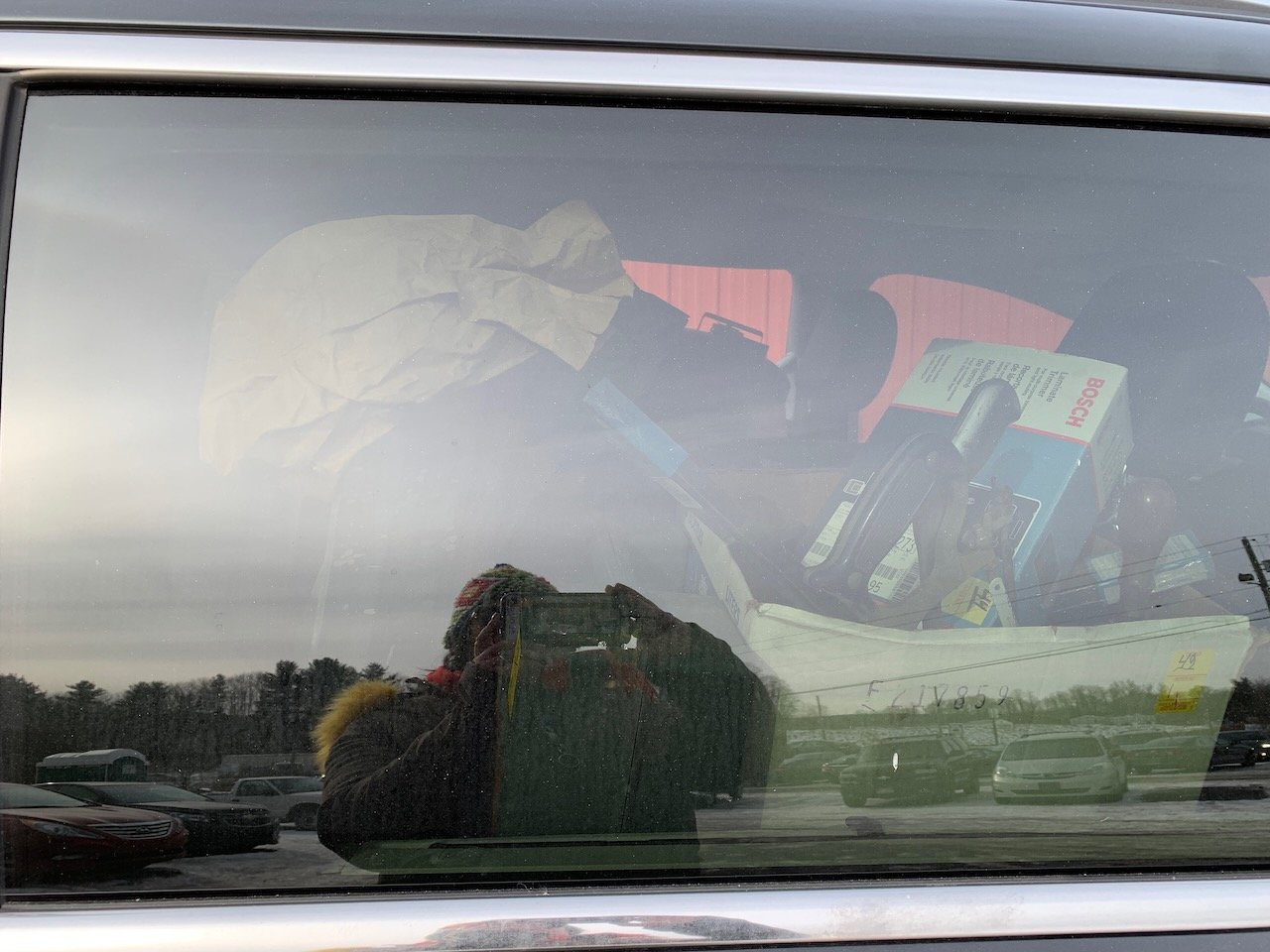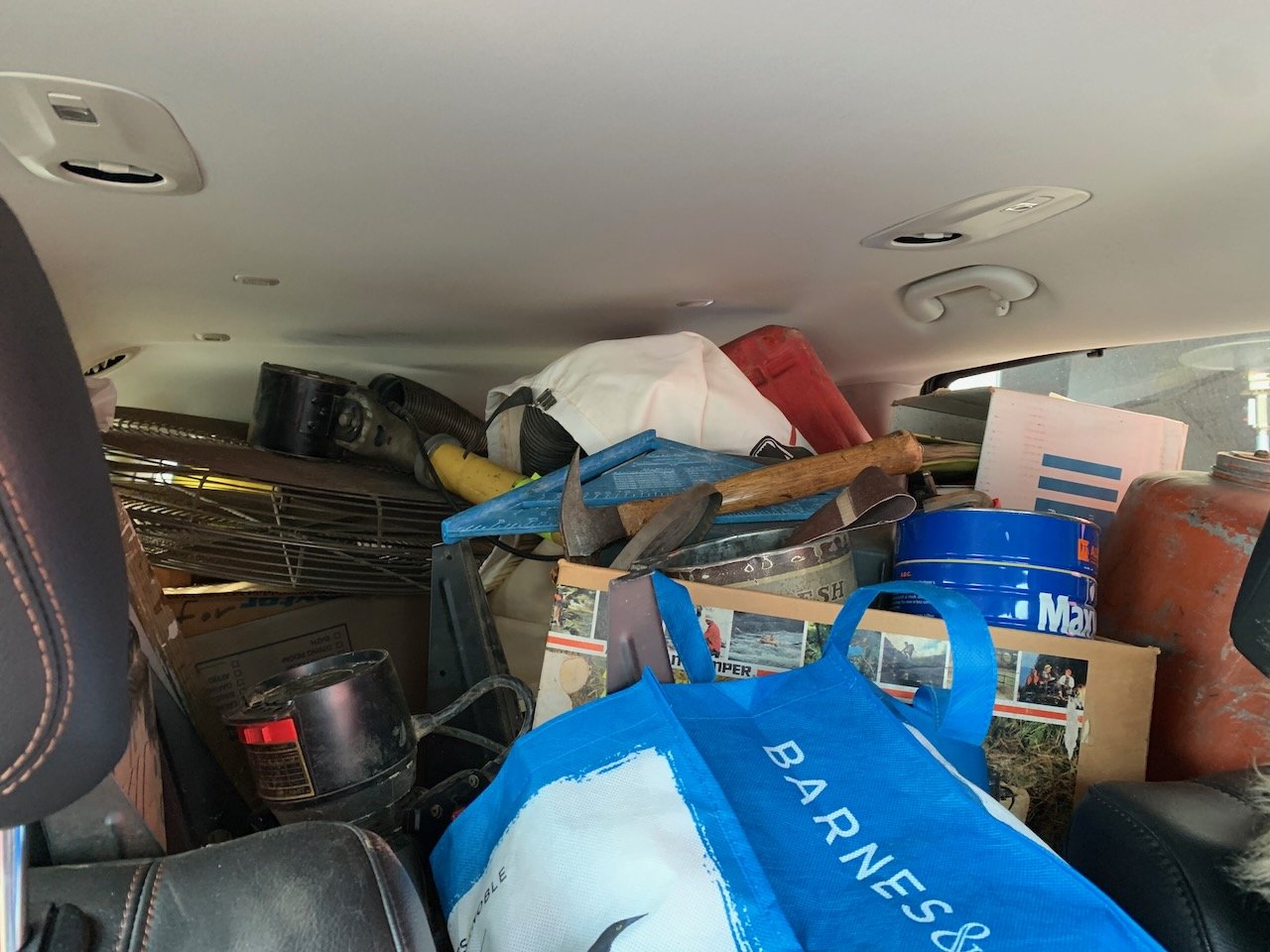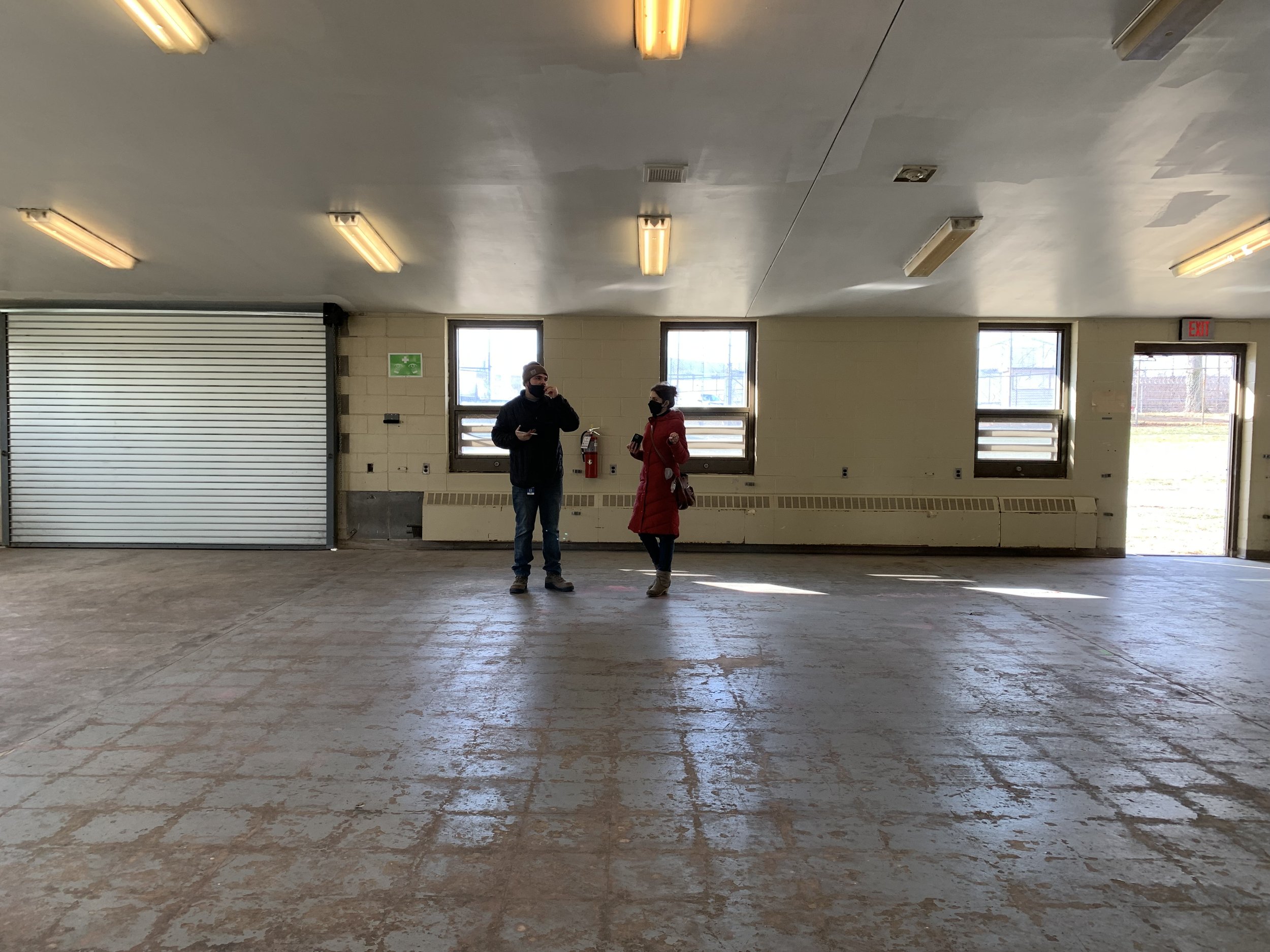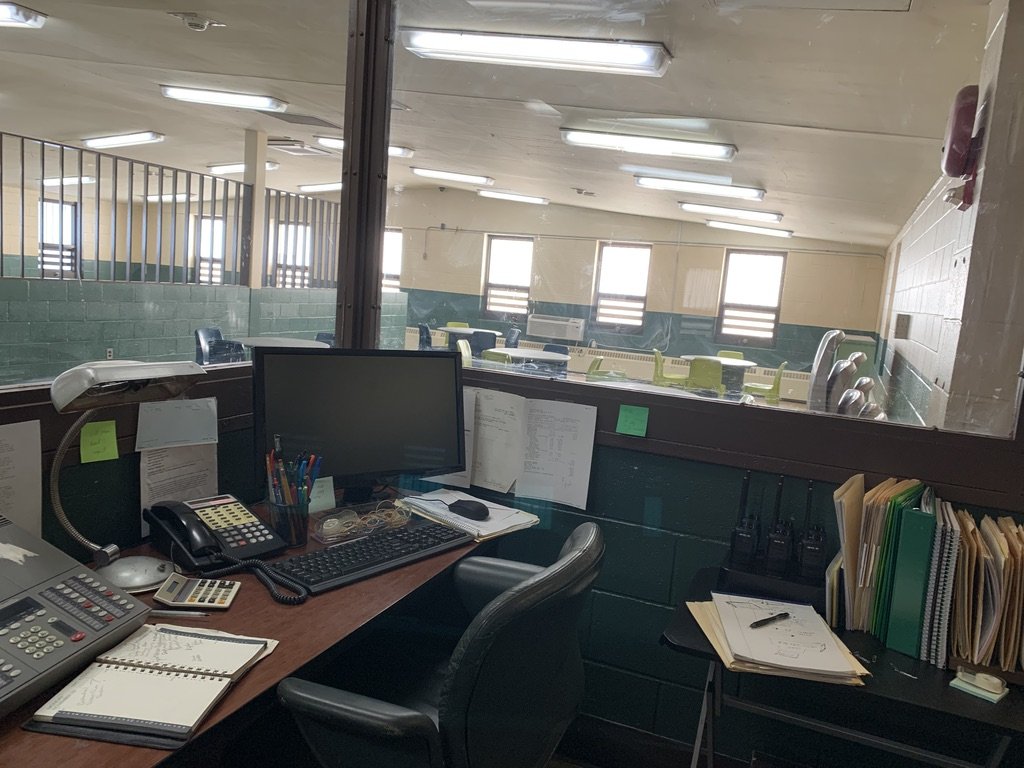The team of wonderful set dressers (Team Prison) who were with me everyday for two months working on all the sets for Episode Green in Netflix’s Kaleidoscope. Here pictured on our last day all Leo Pap’s prison cell.
working on the light fixtures in Leo and Stan’s prison cell.
A fun video of how the set dressers moved the VERY HEAVY bunk bed from one part of the prison to the set.
The electricity went out so set dressing by candlelight (cellphone flashlights) that looked like a Northern European painting.
All the set dressing gathered together in another prison cell.
We would eat breakfast every morning in the prison cafeteria.
my usual prison breakfast was an oatmeal, but one morning I decided I needed a grilled cheese sandwich for breakfast.
Testing to make sure the cafeteria tables were strong enough for people to stand on.
There was almost a 1/2 day spent just moving around all the very heavy equipment in the kitchen to accommodate the needs of the shots and scenes, fit into the space, and make it make sense for a working kitchen
a moment with the special effects team setting up the steam effect for the cooking pots
Dieter everyone’s favorite carpenter working on the mortise prison doors.
hallways of the Prison Infirmary which we purposely took out some old tiles to pepper in some green tiles.
remember when Wordle Mania swept social media feeds everywhere? This was during Peak Wordle, and I couldn’t help seeing this new tile configuration we added as a Wordle box. For the record I’ve never played!
a set dresser’s tool bag as we were putting the infirmary together.
One final little video about TV/Movie making magic/lies (depends on you see it)














